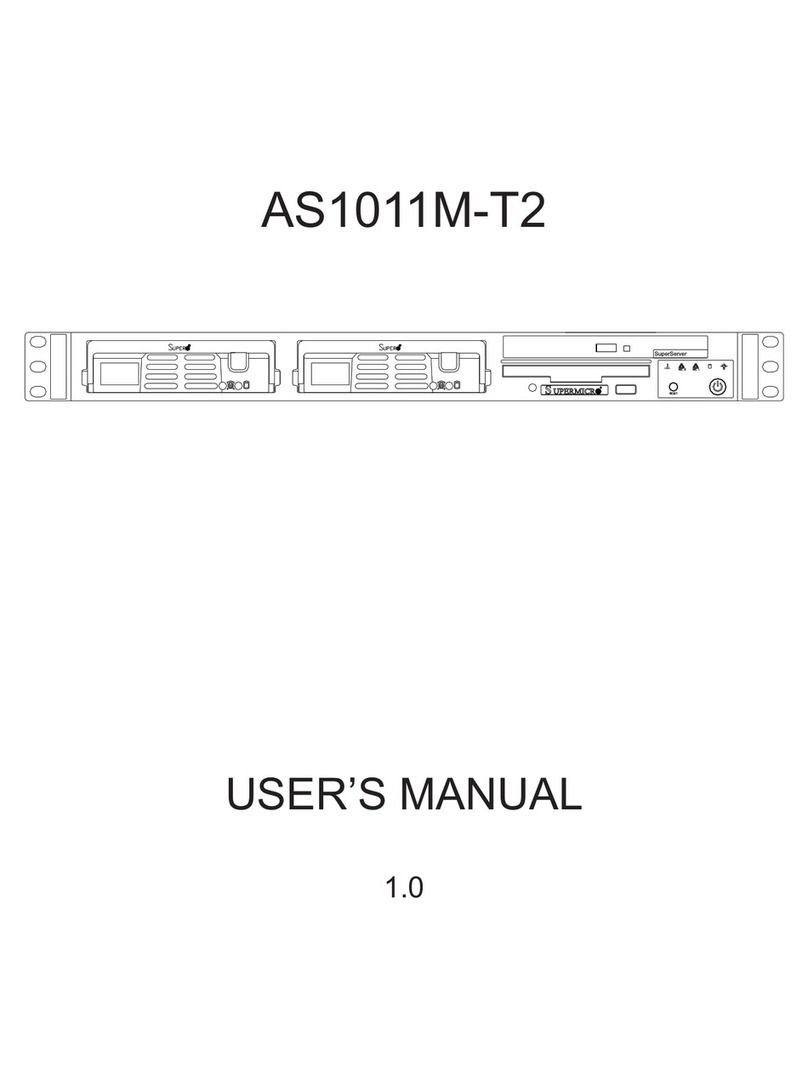Supermicro SuperServer AS-2021A-T2R+F User manual
Other Supermicro Server manuals
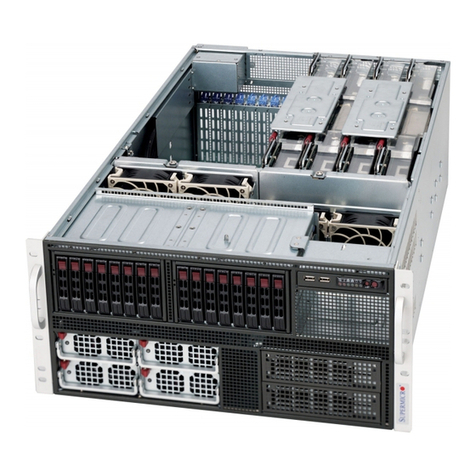
Supermicro
Supermicro Supero SUPERSERVER 5086B-TRF User manual

Supermicro
Supermicro SuperServer E50-9AP-N5 User manual
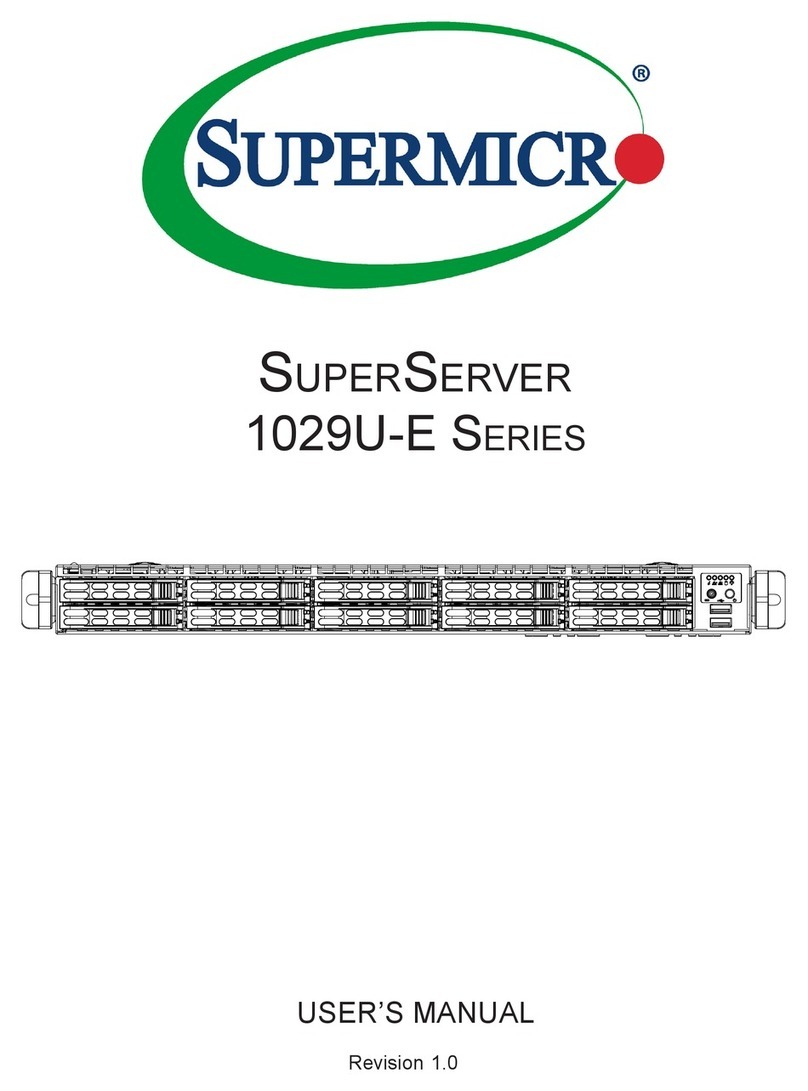
Supermicro
Supermicro SuperServer 1029U-E Series User manual

Supermicro
Supermicro 1028-WTNR(T) User manual
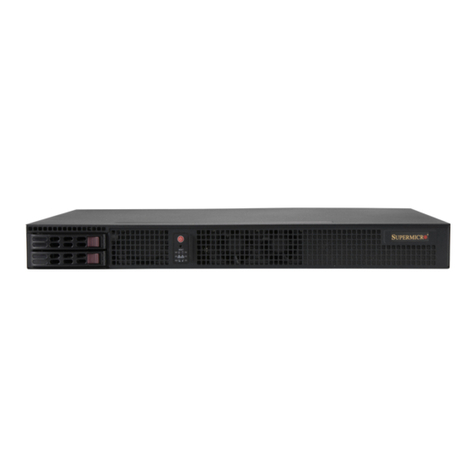
Supermicro
Supermicro SuperServer SYS-110A-16C-RN10SP User manual

Supermicro
Supermicro SUPER SUPERSERVER 6027PR-HTR User manual

Supermicro
Supermicro SuperServer 6029U-TR25M User manual

Supermicro
Supermicro SuperServer 4027GR-TR User manual

Supermicro
Supermicro SUPERSERVER 6028R-TDWNR User manual

Supermicro
Supermicro SUPERSERVER 5018R-M User manual

Supermicro
Supermicro 6027TR-H70QRF User manual

Supermicro
Supermicro SuperServer E102-9W-H User manual
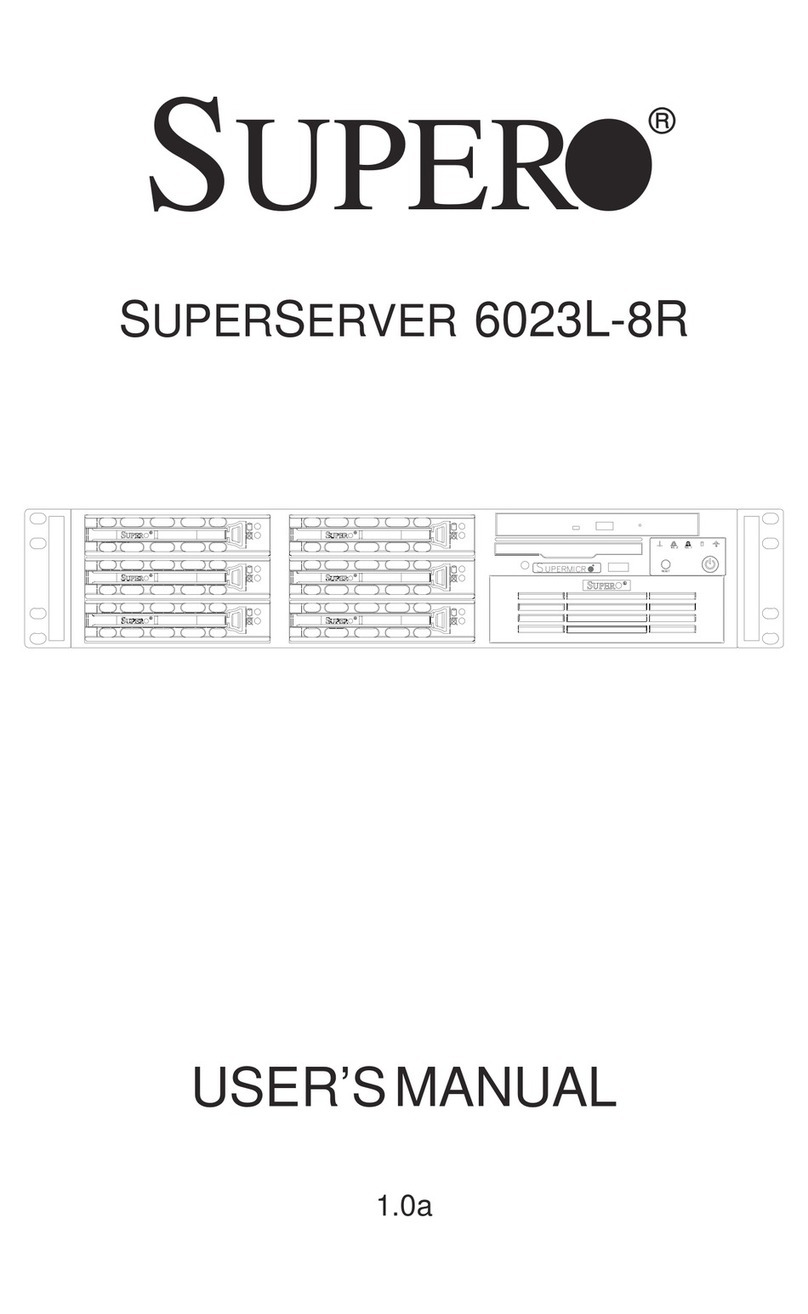
Supermicro
Supermicro SUPERSERVER 6023L-8R User manual
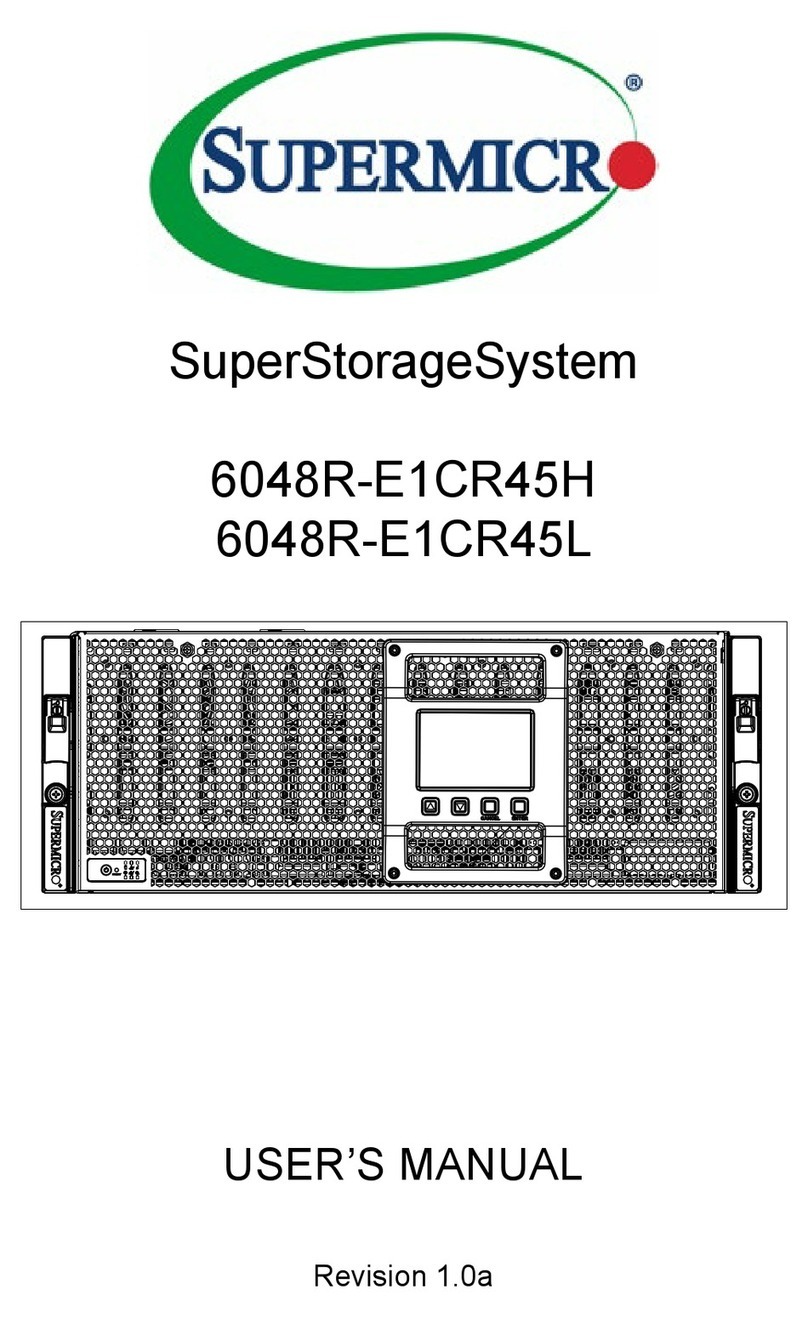
Supermicro
Supermicro SuperStorageSystem 6048R-E1CR45H User manual

Supermicro
Supermicro A+ AS-5019D-FTN4 User manual

Supermicro
Supermicro 5038AD-I User manual
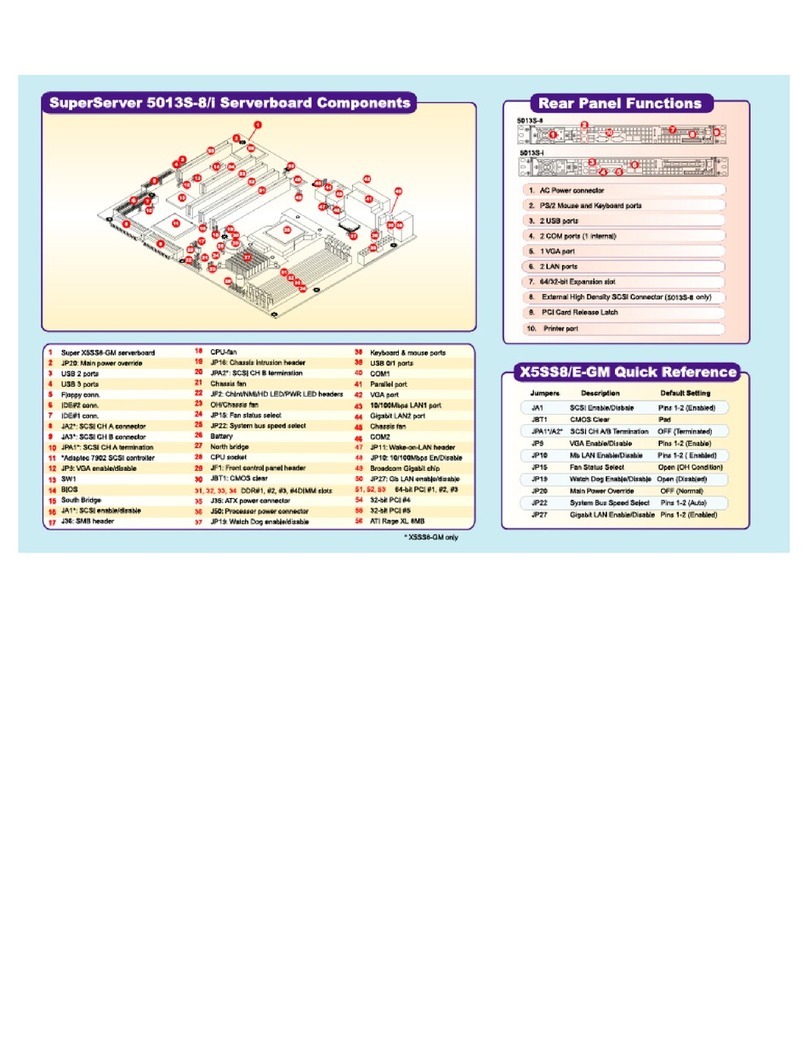
Supermicro
Supermicro X5SS8-GM User manual

Supermicro
Supermicro A+ Server AS -2115GT-HNTR User manual
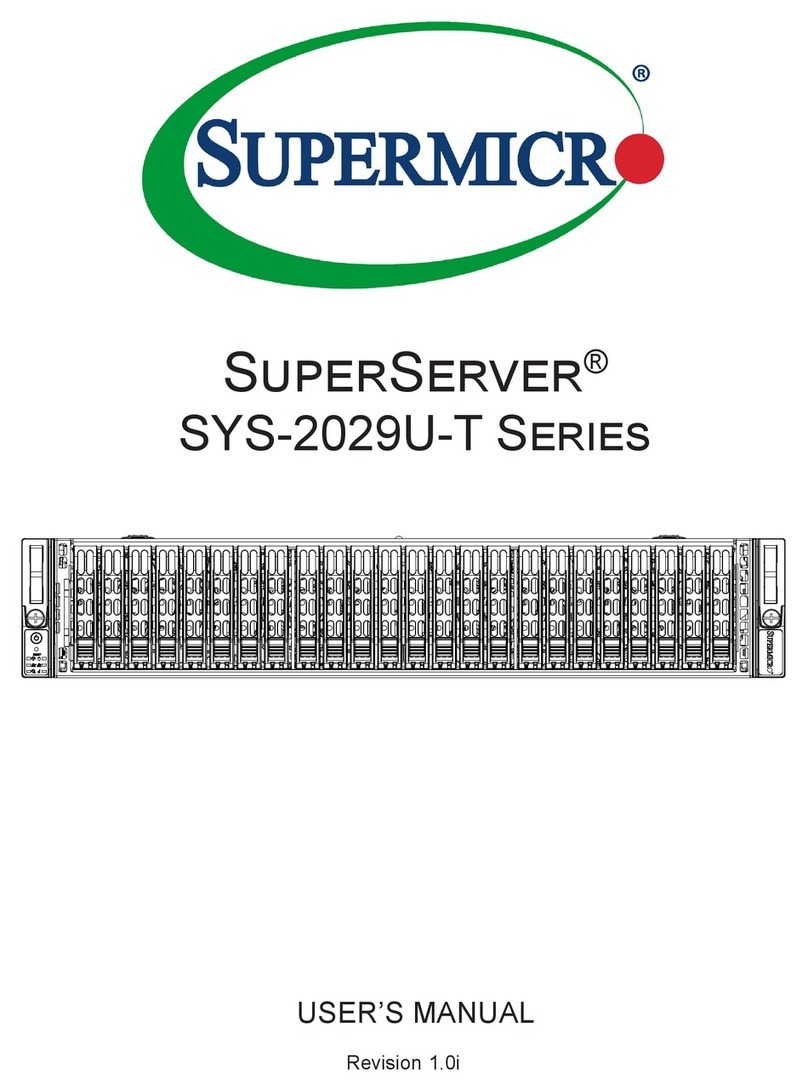
Supermicro
Supermicro SuperServer SYS-2029U-T Series User manual

Supermicro
Supermicro SuperServer 620BT-HNTR User manual
